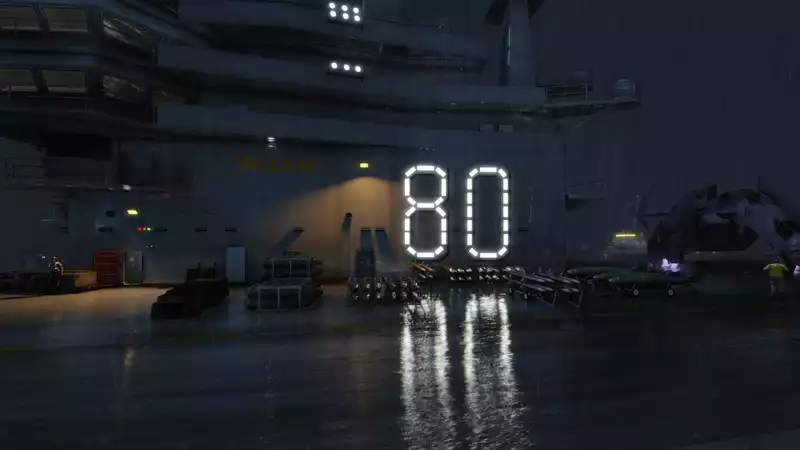Crysis Remastered has been released; the original game was released in 2007, but with updated visuals and slightly different control settings (if you want to use them). At launch, it supports software and hardware ray tracing, and a patch to add DLSS will be released "soon."
We've already talked about the "Can you run Crysis?" mode and how it's hardware-hard. But this visual overhaul is more than just a meme, and there are some impressive technologies under the hood. [The first is a software-based global illumination called SVOGI (Sparse Voxel Octree Global Illumination), which creates a scene that makes sense in terms of natural light. This instantly creates a world that is far more compelling than the original. The engine is also capable of creating precise reflections, which can be seen in numerous cut scenes, especially in Nomad's nanosuit.
I asked Steffen Halbig, the project leader for Crysis Remastered, what advantages software ray tracing has over the increasingly popular hardware ray tracing. He immediately defended his decision. The special thing about software ray tracing is that it can be used on any card," he said, a valid point considering the rarity of the RTX 3080 and the fact that we have yet to see AMD's RDNA 2. Plus, you can play with graphics cards that are five or six years old; AMD or Nvidia, whichever you choose," he concluded.
Crytek demonstrated the capabilities of software ray tracing in March 2019 with the "Neon Noir" demo. things are a little different in Crysis' natural environment, but neon road signs projected convincingly in puddles can be quite impressive. Steffen Steffen admitted that this was a challenge. That's it, Crysis has an open world, it has an ocean, and everything needs to be reflected. That was the biggest challenge in development. [Regarding reflections in the ocean, Crysis Remastered uses a combination of screen-space reflections and raytraced reflections, Steffen said, "If screen-space reflections produce the same results as raytraced reflections, we use them for performance reasons. If not, the system jumps to ray tracing"
.Interestingly, Crytek is sticking with DirectX 11 for Crysis Remastered; I asked Steffen why. Yes, we're using DX11, but on top of that we have the Vulkan extension. I don't think there's ever been a way to do that in a triple-A game before."
Crysis Remastered is available now on the Epic Store.


Comments